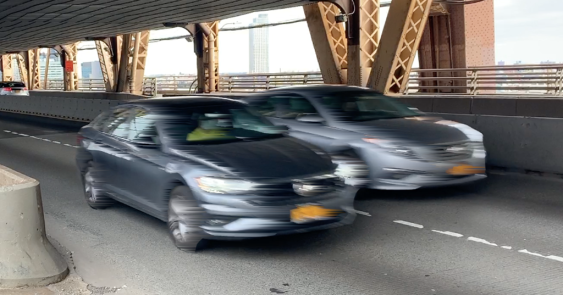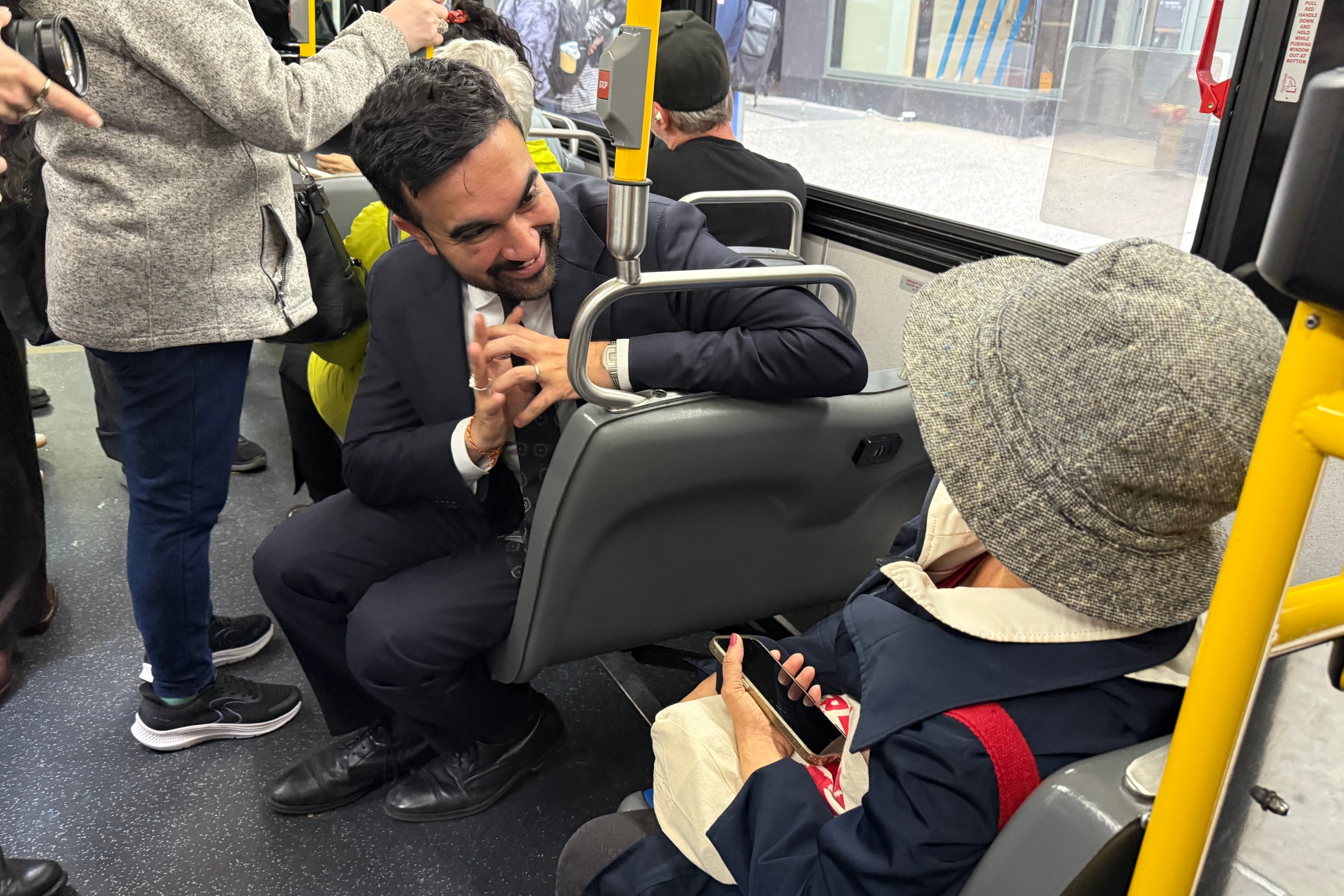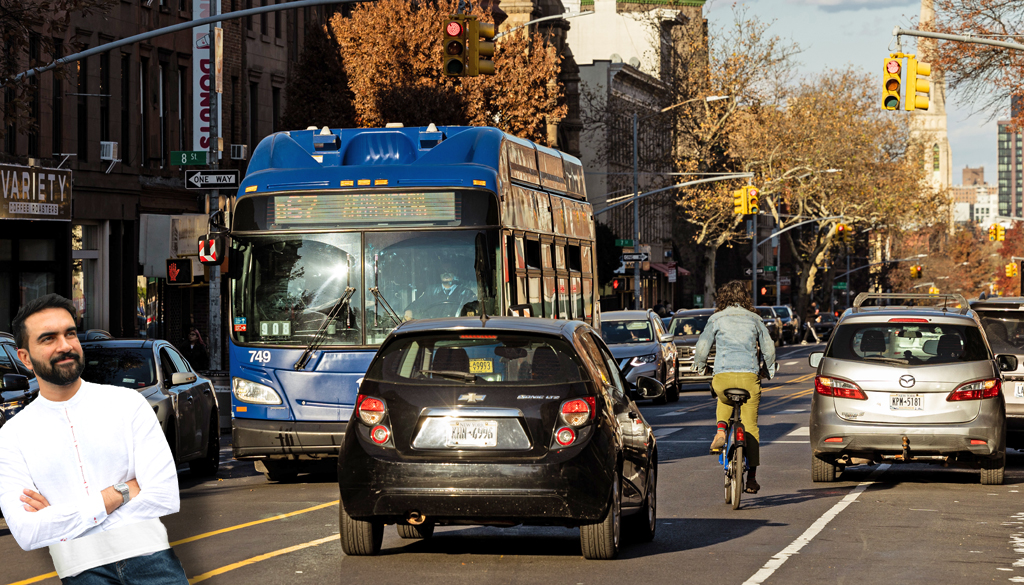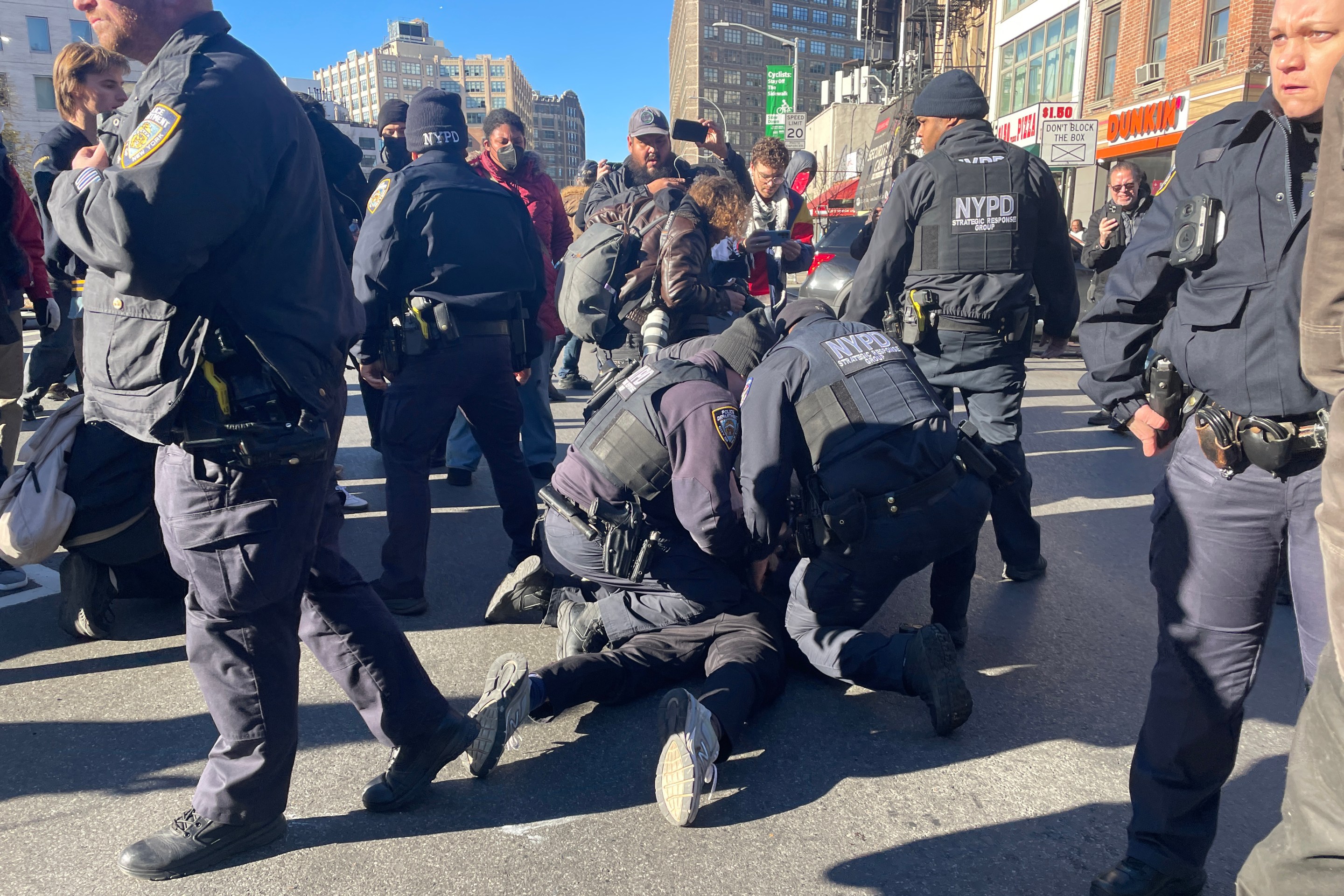Another day, another way to look at drivers dodging accountability.
The more speeding tickets a driver collects, the fewer he pays, according to city ticketing statistics crunched by data journalist Michael Cahana.
Cahana combed through city data and found that drivers with violations such as going through red lights or speeding through school zones, simply stop paying most of their tickets once they start accruing more of them, because they operate in what Police Commissioner Jessica Tisch would call a "consequence-free environment" (a term she invented to describe cyclists, however).
People with just a handful of violations usually pay them off, but such compliance drops off, with some scofflaws paying as few as one in seven tickets once they get more than 80 fines, the researcher and reporter found.
Worse: after a driver is "in judgment" for more than $350 in unpaid fines – about five school-zone tickets – his car can be towed or booted ... but very few are..
Cahana found that half of the motorists in judgment continued committing violations – something that would not happen if their cars were towed, as they could be if the city better connected the dots between the army of NYPD traffic agents handing out tickets and its towing operations, a shortcoming that Streetsblog has documented.
See the data for yourself (scroll through because the graphic is delightfully interactive):
This status quo leads to staggering numbers of drivers entering judgment every day, yet they continue to speed, as Cahana's data visualization shows.
Not only does that cost the city millions of dollars in lost revenue, more importantly, this allows tens of thousands of school zone violations to go unpunished, creating a culture of "anything goes," as soon-to-be-former Mayor Adams likes to say.






